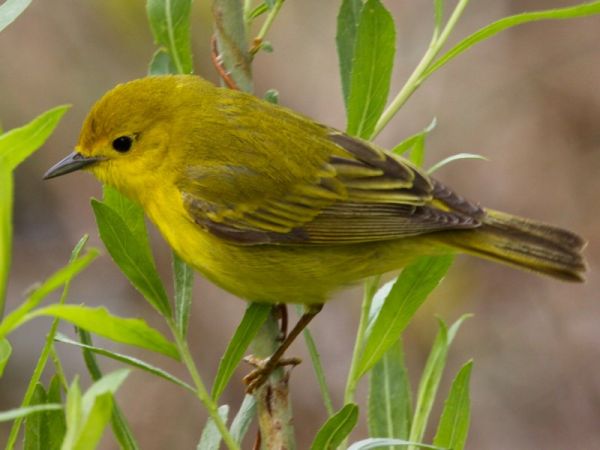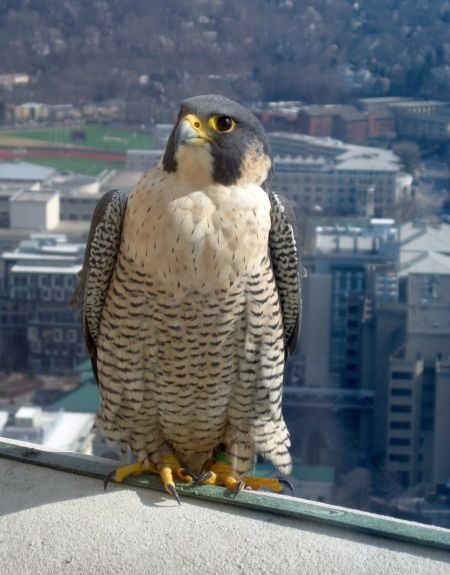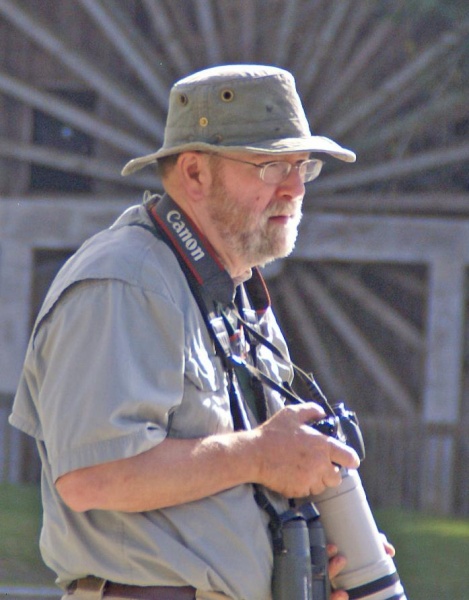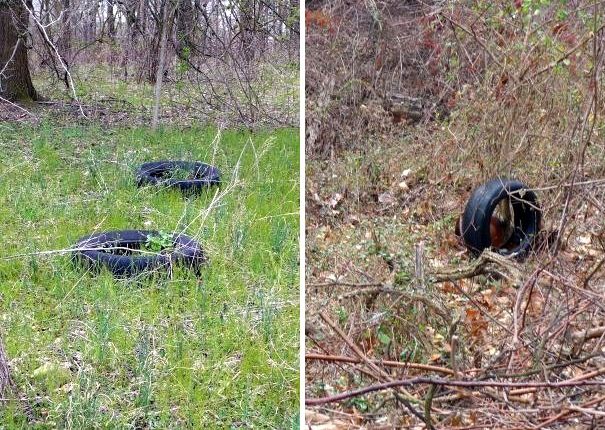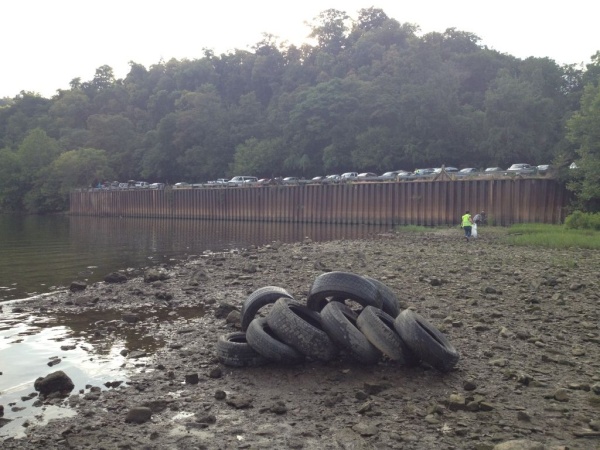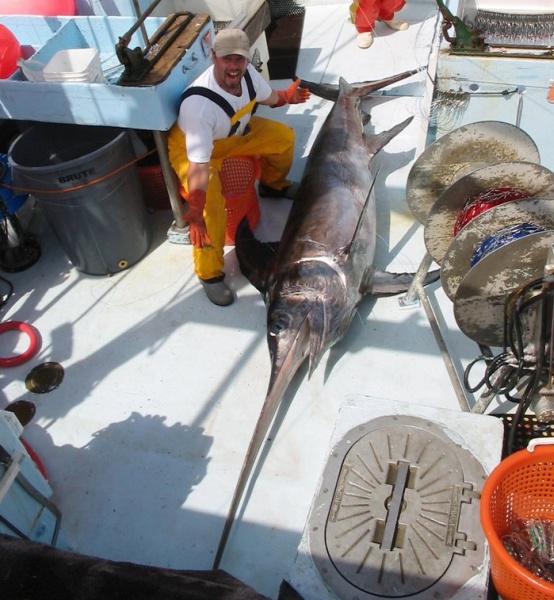
It happened to land animals. Now it’s happening in the ocean. The biggest die first.
Based on Earth’s current extinction rate of 1,000 times the normal background rate (predicted to become 10 times worse) scientists believe we’re at the start of the sixth mass extinction.
Stanford geoscientist Jonathan Payne wondered if the traits of extinct marine animals could predict the likelihood of extinction in today’s ocean organisms. For mollusks and vertebrates Payne and his colleagues compared ecological traits such as habitat preference and body size in past extinct and present threatened genera (genus: one level above species). The results were surprising.
In past extinctions habitat preference was a good predictor that an animal would disappear. That’s not the case now. In this era, the best predictor of future extinction is large body size.
The difference is us. Human hunting pressure is driving ocean extinction. Our demand for seafood is high (there are billions of us to feed) and we’ve become very efficient at capturing the largest fish. Highly migratory predators like the Pacific bluefin tuna have declined precipitously.
We’ve seen this before. At the end of the Ice Age, as human population expanded across the globe, the megafauna simultaneously went extinct. It’s now known that sabretooth tigers, giant armadillos and woolly mammoths disappeared due to human hunting.
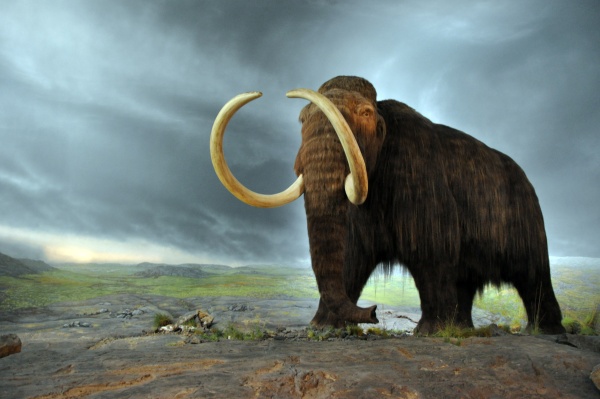
We humans are successful because we make tools and hunt cooperatively. Of course we kill the largest prey first. One large animal feeds more people.
Unfortunately we don’t know when to stop.
Read more about Payne’s study here at Science Daily.
(photo of swordfish from NOAA Photo Library. photo of woolly mammoth statue in Royal BC Museum, Victoria, Canada via Wikimedia Commons. Click on the images to see the originals)
p.s. A word about the swordfish pictured above: Swordfish are highly migratory predators whose population is in danger in many oceans around the world. In 1998 the North Atlantic population dropped so low that fishing was suspended. A 2009 international assessment of North Atlantic swordfish showed they had recovered in U.S. fishing areas, so fishing resumed. Note: The fishermen who lost their lives aboard the Andrea Gail in The Perfect Storm were longline fishing for swordfish.

